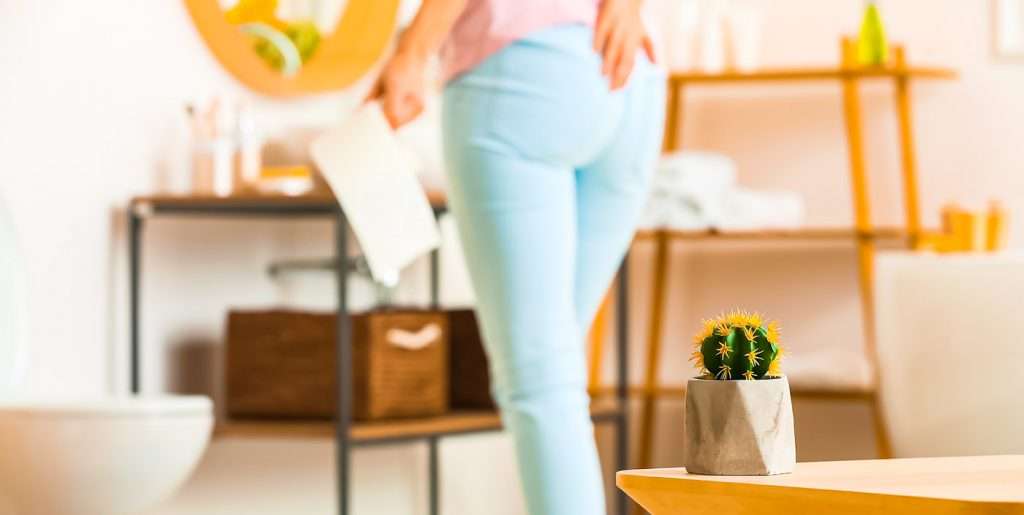Kayaking is an exciting and relaxing activity and it also offers you a way to unwind and take a break from monotonous schedules. However, it is necessary to exercise caution when you indulge in kayaking, especially when you are coping with a health condition. Those who had or have haemorrhoids need to be careful when kayaking, for sure. It is not like kayaking will lead to the formation of haemorrhoids buy kayaking in improper ways can add to the risk. The good thing is you can reduce the risk of developing haemorrhoids by taking precautions and practising preventive measures.
The Link Between Kayaking And Haemorrhoids
People in their 50s tend to develop haemorrhoids, especially when they have certain lifestyle and dietary habits. The rectal canal has plenty of veins supplying blood to the region and when these get too much inflamed, haemorrhoids can form. Those who cope with constipation and have the habit of sitting in one place for long, are deemed more at risk in this regard. A haemorrhoid can be external or internal. It can cause pain while stool is passed and if left neglected bleeding can also occur. Prompt medical intervention is required to treat haemorrhoids and the affected person needs to follow some preventive measures to evade its recurrence.
If you previously had haemorrhoids, kayaking should be done with caution. This is owing to the fact kayaking does involve sitting in the same posture for long. This may put pressure on the anus. Lifting and carrying a kayak can also put pressure on the region.
How To Reduce The Risk Of Haemorrhoids While Kayaking?
Just because you had to cope with haemorrhoids it does not mean you cannot enjoy kayaking. All you need to do is adhering to some basic safety measures.
- Evade prolonged kayaking – When you have recovered from a haemorrhoid recently, indulging in kayaking for a long duration is not a good idea. Evade indulging in ocean or Long River kayaking for the best results. It is better if you kayak in small water bodies and artificial lakes where you can rest at the shoreline in between paddling.
- Use soft seats – If you find the area around the anus is still sore, you can use a soft seat in the kayak, preferably one that has a thick padding.
- Monitor your diet – If you are prone to developing haemorrhoids; ensure you keep a check on the diet. Drink plenty of water and fluid every day. It will help you evade constipation. In fact, you should evade eating foods that can cause constipation. It makes sense to munch on fibre-rich foods as that makes bowel movement easier.
- Use bathrooms when you can – If you feel the urge when you are kayaking, do not delay and look for a restroom with toilet. This is why kayaking in small and artificial water bodies are prudent for victims of haemorrhoids. If you are kayaking in open water, away from the shoreline, it may be necessary to relieve yourself if you feel the urge. For this, carrying tissue paper and sanitary accessories may be necessary.
- Use lightweight kayak and accessories – When you have recovered from a haemorrhoid it makes sense not to carry heavyweight kayak and accessories. Doing so may put stress on the anus area. Alternatively, you can kayak with others who can help you in setting things up.
When You Should Seek Medical Advice?
In some situations, you should seek medical advice for kayaking, when you had a brush with haemorrhoids. If you find haemorrhoids are recurring after indulging in kayaking, talk with a doctor. If you feel the anus region is sore after kayaking or you feel the pain is increasing after kayaking, do not delay in seeking medical intervention. A doctor may advise you to refrain from the activity for some time and may also offer you medications to evade its recurrence. If you have undergone surgery for haemorrhoids, you will be advised to wait until the healing is complete.

